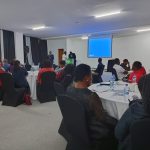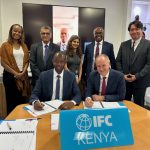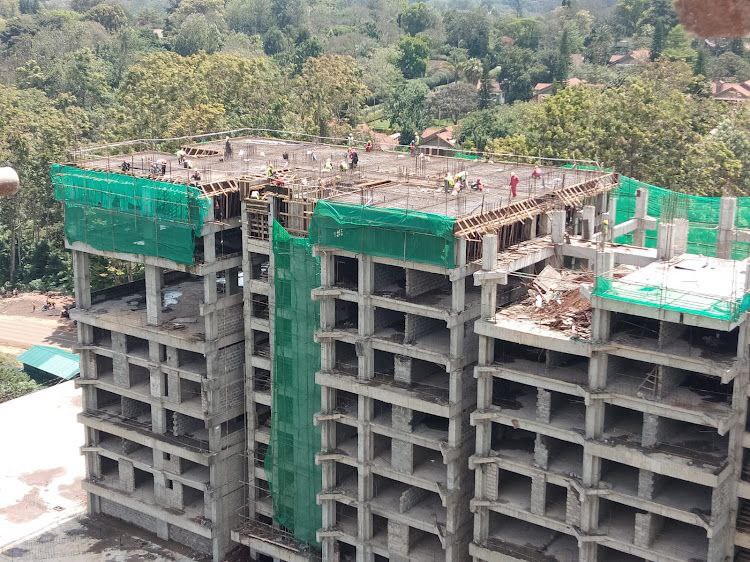[ad_1]
An intense campaign by a Ugandan resident that halted a vital study on medical oxygen for children with pneumonia has done more harm than good, according to experts.
The Ugandan had raised concerns on grounds that the study was endangering lives.
Scientists at the Kenya Medical Research Institute (Kemri) now say there is an urgent need to further explore the use of non-invasive respiratory support to improve outcomes in children with severe pneumonia in low-resource settings.
Kemri says low-resource settings have largely been forgotten and lack the capacity to deal with pneumonia.
The multi-centre trial in Kenya and Uganda was designed to determine whether oxygen does save lives in children with saturations of 80 to 92 per cent.
The trial recruitment was stopped due to claims made to medical bodies in Uganda that the exercise was harming many children.
This was followed by a petition in a high court in Uganda to have the fifth trial stopped after which the steering committee had it terminated on grounds of feasibility.
Independent investigations conducted by a number of medical bodies such as the national paediatric associations in Kenya and Uganda found that the trial was being conducted to the highest standards and that independent interim analyses had indicated no evidence of harm, according to Kemri.
“Ethics and regulatory committees supported this view,” said an official at Kemri who sought anonymity due to the sensitivity of the issue.
Low-oxygen therapy
The Children’s Oxygen Administration Strategies (COAST) trial findings in Kenyan and Ugandan children showed that there is a potentially lower 48-hour mortality in high-flow nasal therapy compared to low-flow oxygen therapy across all severities of hypoxaemia (an abnormally low concentration of oxygen in the blood).
“While the COAST trial provided no definitive data to inform treatment guidelines, we believe there has been considerable new knowledge acquired and it adds a new level of uncertainty to the liberal use of oxygen as a supportive therapy,” Kath Maitland, the lead researcher, told HealthyNation.
The scientist was of the opinion that systematic and policy reviews indicate that in Africa, medical oxygen for children with severe pneumonia has not been prioritised. He attributed the high in-hospital mortality to poor implementation of oxygen therapy.
The World Health Organization (WHO) technical guideline committee has identified the need for formal evaluation of a hypoxaemia threshold at which children should be targeted for oxygen therapy and how best to administer it as key research gaps.
Access to specialist respiratory support facilities including mechanical ventilation or assisted respiratory support via continuous positive airway pressure or high-flow nasal therapy is extremely limited in the majority of resource-limited hospitals in the region.
This means that there is a significant gap between demand for oxygen in paediatric wards and the supply especially in Africa.
The trial tested whether the AirVo2 device, which delivers high-flow humidified oxygen, could avert death from respiratory exhaustion.
AirVo2 is a humidifier with an integrated flow generator that delivers nasal high-flow warmed and humidified respiratory gases to spontaneously breathing patients through a variety of patient interfaces a per the user manual. It was then selected as the source of high-flow nasal therapy as it was originally developed for home use.
The device uses both room air and oxygen to generate high-flow or PEEP (a mode of therapy which maintains the patient’s airway pressure above the atmospheric level by exerting pressure that opposes passive emptying of the lung).
Pneumonia mortality
Scientists believe that this could in future, conserve precious or expensive oxygen resources if shown to be life-saving.
However, trials were stopped after only 1,842 out of 4,200 children had been enrolled. Nevertheless, it represents the largest paediatric trial of oxygen therapy ever conducted.
“The results showed that there was no evidence that the oxygen-conservative control strategy in children with oxygen saturation 80 to 91 per cent was harmful compared to the usual method of oxygen delivery known as low-flow oxygen or combined liberal strategies,” said the official report.
In the control group, oxygen was only required for 15 per cent of children for saturation drops to less than 80 per cent.
Overall, mortality across the whole trial was substantially lower than predicted in the sample size calculations or other reports of pneumonia mortality, according Kemri.
This means that the volumes of oxygen were exceptionally conservative not only in the control group but also in the other groups.
Dr George Njoroge, the chief scientific adviser at Kenyatta University Teaching, Referral & Research Hospital, is however confident that all hope is not lost.
“It will be important to restructure the COAST clinical trial that is a well-powered study to get a meaningful outcome assessment. The demand for enriched oxygen has become so important for such a study as well as for Covid-19 cases and Africa must purposely invest in this effort so that we are not in dire situations,” Dr Njoroge, who was last week appointed to the Kemri board, told HealthyNation.
Source link






















